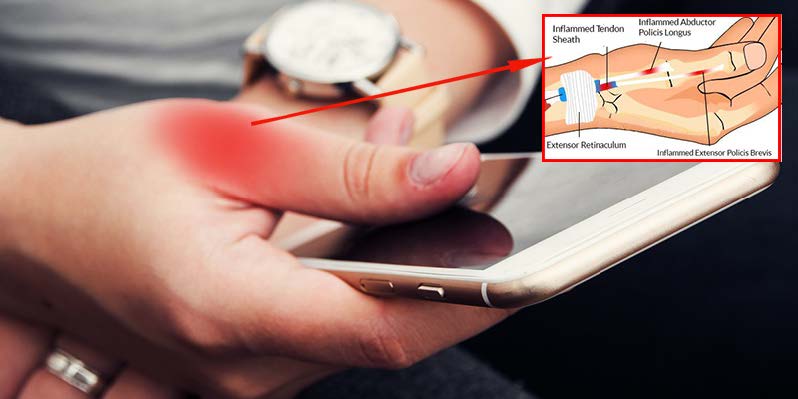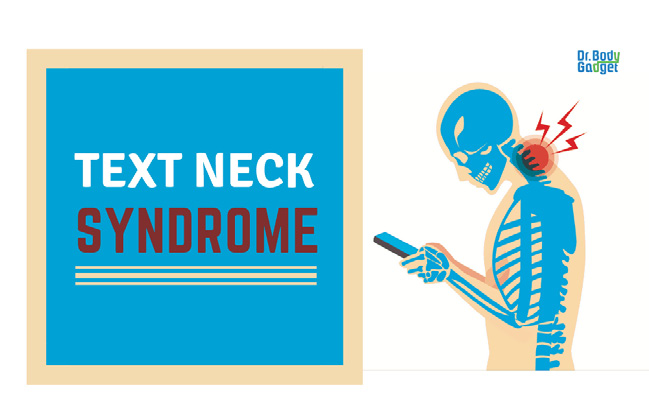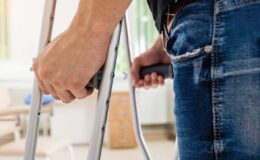By Donna Motley, Vice President of Claims
A while ago I wrote about the medical profession’s new diagnosis of “Text Neck” – concerns about physical conditions being created by a person’s head being constantly bent forward while using a cell phone. Reading material I have received recently from a physical therapy facility now lists additional “new” diagnoses: Texting Thumb, Selfie Elbow, Text Neck and Tablet Tingling. These are new titles for “overuse conditions” officially titled Trigger Thumb, DeQuervains Tenosynovitis, Epicondylitis and Carpal Tunnel Syndrome. All of these conditions relate to straining and overuse of said body part resulting in inflammation.
Texting Thumb (formerly Black Berry Thumb) is generally the result of repetitive motions will show up as pain, catching and popping (i.e. triggering & locking) on the palm side of the thumb.

DeQuervains tenosynovitis, also generally the result of repetitive motion resulting in pain at the base of the thumb on the back side near the wrist. Typically it is painful to turn the wrist, grasp or make a fist. Left untreated, this pain can easily travel and cause forearm pain.
Selfie Elbow or lateral epicondylitis is an inflammation of tendons that run from the hand to the elbow. More commonly known as tennis elbow with pain on the outside of the elbow or golfer’s elbow with pain on the inside of the elbow. It is painful to lift and grip; weakness will be noted. The pain can also travel into the forearm and wrist. Often an elbow strap can aid in alleviating pain.

Text Neck is stress on the neck and shoulders from looking down with shoulders rolled forward. This can lead to issues throughout the arm.

Tablet Tingling is described as the hand “falling asleep”. More commonly known as Carpal Tunnel Syndrome. Symptoms are the result of nerve compression in the wrist due to the position of the hand and/or wrist.
As you can see, these are not really “new” conditions. Use of cellphones, tablets and computers can put us in unnatural positions for extended periods of time which can lead to more serious problems. Simple activities outside of work can cause or significantly contribute to these conditions; such as playing video games, gardening, caring for and lifting small children, lifting grocery bags, pregnancy, weight lifting, knitting. Health conditions such as arthritis, which forms scar tissue, can play a part; as well as the mere fact of being “over 40”.

These conditions cross all spectrums of employment; cooks, auto mechanics, carpenters, machinists, musicians, painters, plumbers, athletes, clerical workers, day care workers.
A work related condition can be aggravated by outside activities AND outside activities can be aggravated by work. So what is the solution? Early intervention is the best option. Rest (of the injured body part), ice, stretching and strengthening exercises, proper body mechanics, anti-inflammatories (including over the counter medication) can all help. For conditions that worsen, formal physical therapy or occupational therapy, along with prescription medication and/or injections, and possible splinting can usually resolve the issue. If not, the last resort would be surgery.
When these conditions arise, it is our body’s way of telling us something is wrong, like a warning. We need to heed that warning. Compliance with recommended medical treatment must be followed at work as well as at home for a successful outcome. Our part is to guide the injured worker to the appropriate medical provider for the diagnosed condition.





